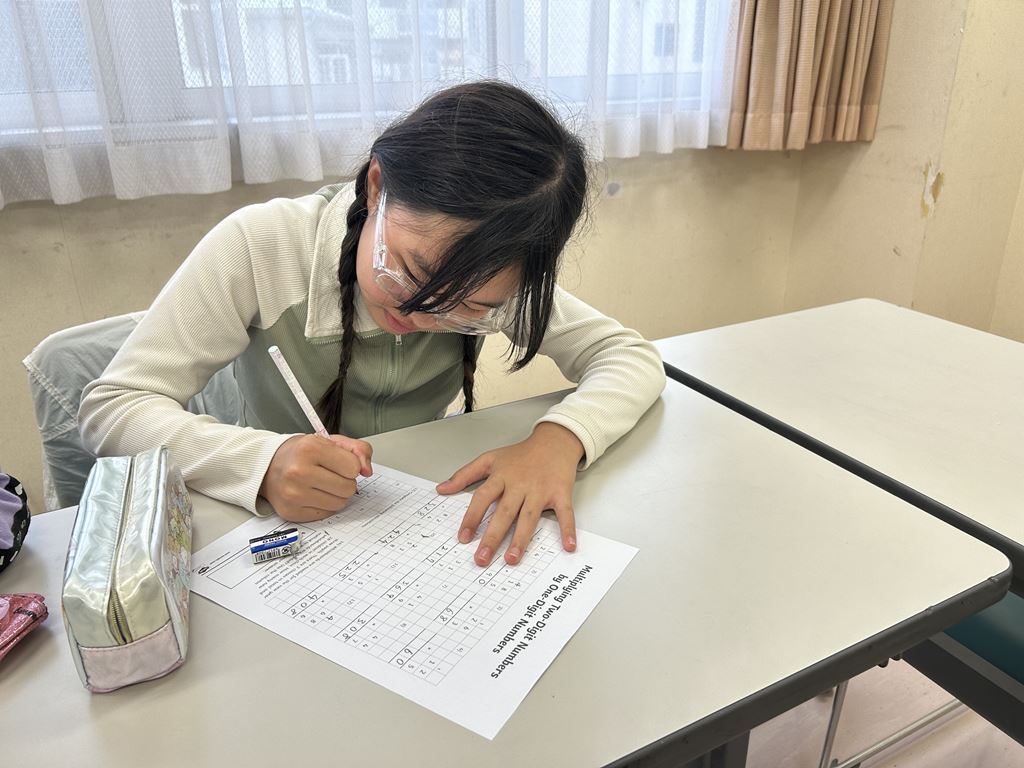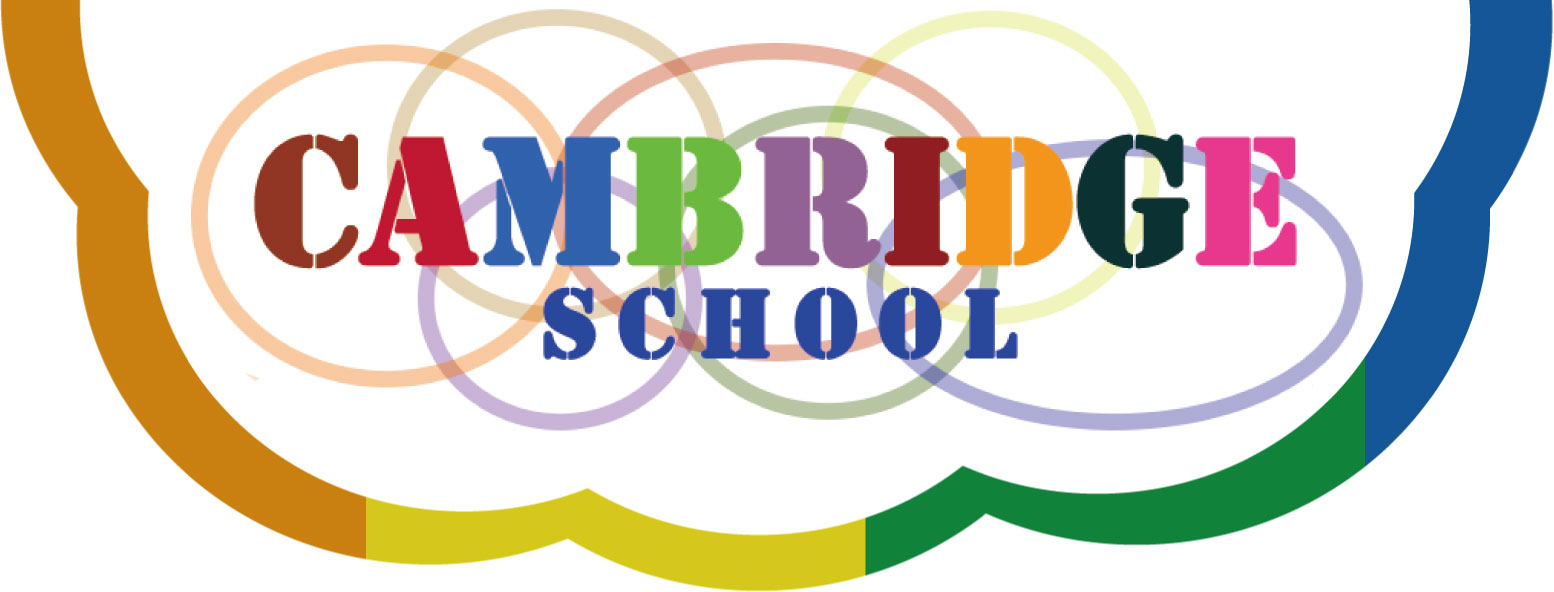English and Math Courses
English Course - Developing Strong English Foundations Through Practical Learning
Cambridge Online English courses are comprehensive and engaging courses designed especially for second language learners. The courses use high-quality materials from Cambridge University and are designed to practise all four language skills —listening, speaking, reading, and writing. All the courses align with internationally recognized Common European Framework of Reference for Languages (CEFR) standards.
The courses follow a communicative approach which emphasises language acquisition through real-life communication and interaction. The focus is on developing students’ ability to use language effectively in real-world situations rather than just memorizing grammar rules. As well as teacher input, this is achieved using various multi-sensory tasks that engage the student using real-life materials, stories both audio and video, interactive games, articles, role playing, and more. In each case the aim is provide both authentic learning opportunities, context, and engage learners. Teachers adapt content to suit each student’s pace and needs, while giving them lots of opportunities to communicate and interact with the materials.

An important part of the programme is the use of the synthetic phonics system, which teaches students letter sounds. This helps children read and spell words more effectively, laying the foundation for strong literacy skills. For second language learners, phonics also supports listening comprehension by making it easier to pick out and recognize words in fast, natural speech, and understand the flow of conversation. As this awareness grows, students often experience rapid progress in fluency and overall language ability. The synthetic phonics system is widely recognised for its effectiveness and is a key component of national literacy programmes in countries such as the UK, Australia, and the US.
Learning Contents
Vocabulary
Vocabulary is presented through flashcards as well as stories and videos so students are given context to help them understand and remember new words.
Grammar
Grammar is also presented through stories and videos to provide context in realistic ways and through a communicative approach, students also practise how to use the grammar points orally.
Listening
Students practise listening by hearing not only the teacher’s voice but also a range of real English audio, including past exam recordings. They focus on understanding the speaker’s meaning and any new or difficult words are discussed to support comprehension.
Conversation
Through engaging topics, the teacher and the student have conversations that build on learned vocabulary and grammar further. The teacher also adjusts the content based on the student’s interests as well.
Phonics (Reading and Writing)
The synthetic phonics system is introduced so the student can identify sounds and letter correspondences which leads to reading and writing simple CVC words to longer words, to words with digraphs and more.
Cross-Curricular
To help students use English in meaningful ways, the course includes cross-curricular lessons that connect English with other subjects. This deepens their understanding and helps them apply language skills in real-world situations.
Math Course - Lessons build strong math skills through understanding, problem solving, and critical thinking
The sequence of mathematics’ level courses provides a rigorous and complete mathematics curriculum at the Elementary School level with a strong emphasis in mathematical foundations, problem solving, and critical thinking. These courses follow the MEXT curriculum for elementary mathematics.
Various methods and scaffolding techniques are used to introduce and provide a deep understanding of the mathematical concepts at each grade level. Along with interactive content, worked examples, and graded exercises, the courses help students build a strong foundation and develop problem solving, critical thinking, and reasoning skills. Lessons are adjusted to match each student’s level and pace and allow the student to engage with different kinds of material until understanding is reached.

Learning Contents
Number Sense
Students learn about numbers, counting, place value, and operations like addition, subtraction, multiplication, and division. We use visuals, objects, and simple explanations to build understanding. For example, multiplication is first introduced as distributing an equal number of items to each group as repeated addition. It is also defined in terms of skip counting and the use of the number line. Next, we show multiplication in terms of scaling and through the use of multiplication tables. We show the connection between multiplication and division and how problems can be interpreted as both. We also see how multiplication is used through the application of word problems where information needs to be extracted.
Patterns and Sequences
These tasks require mathematical thinking that includes the ability to analyse patterns and sequences and the corresponding numerical relationships and concepts. These types of tasks promote inquiry by recognizing some quality and then using that information to continue the pattern. For example, children can learn pattern recognition by looking at a number pattern to determine what comes next based on the relationship the numbers have with one another. They need to ascertain the relationship then reason what comes next.
Shapes, Measurement, and Geometry
Students explore measurement, shapes, size, and space and we focus on the mathematical properties of shapes and their relationships. We also focus on understanding and reasoning with shapes and spatial relationships which involve activities such as rotating shapes or understanding how different parts fit together. These lessons make abstract ideas easier to understand and allow students to practise problem-solving skills.
Math Vocabulary and Communication
Key math vocabulary is taught along with each concept so students can understand the reasons and the connections and communicate effectively. For example, a square is 4-sided polygon (quadrilateral) whose sides have equal lengths and are perpendicular to each other. Mathematical communication is necessary to understand and reason with concepts and mathematical language (symbols, notation) as well as other language-based information and to use problem-solving strategies. Thus, students will learn how to express their ideas and to talk about how they solve problems.
Word Problems and Reasoning
Students apply what they’ve learned to solve word problems and develop critical thinking. By applying verbal reasoning, using math vocabulary and concepts, and employing various scaffolding techniques, students develop their problem-solving skills and their ability to explain their thinking.
 Take the next step in your child’s education
Take the next step in your child’s education
Cambridge School offers online and in-person classes in English, math, and test prep. Unlock your potential using our tailored and comprehensive courses.
With our courses you can boost your skills and prepare for specialised tests such as Eiken, IELTS, and Cambridge tests. All our instructors are qualified to provide expert tuition and support for your child. Courses are available for ages 4 to 16.
Contact Us
Cambridge School

Either Japanese or English is acceptable
Weekdays from 9:00 a.m. to 6:30 p.m


